P and Q are isomers C4H4O4 of dicarboxylic acid both decolorise Br2/H2O. On heating P forms the cyclic anhydride. Upon treatment with dilute alkaline KMnO4, P as well as Q could produce one or more than one form S, T and U

Compounds formed from P and Q are respectivelySolution in Telugu
Optically active S and Optically active pair (T,U)
Optically inactive S and Optically inactive pair (T,U)
Optically active pair (T,U) and optically active S
Optically inactive pair (T, U) and optically inactive S
The correct Answer is:B
Reaction of carbohydrates
Topper's Solved these Questions
- BOOK - AAKASH SERIESCHAPTER - CARBOHYDRATESEXERCISE - Practice Sheet-430videos
CARBOHYDRATES
- BOOK - AAKASH SERIESCHAPTER - CARBOHYDRATESEXERCISE - Practice Sheet-530videos
CARBOHYDRATES
- BOOK - AAKASH SERIESCHAPTER - CARBOHYDRATESEXERCISE - Practice Sheet-230videos
CARBOHYDRATES
- BOOK - AAKASH SERIESCHAPTER - BIOMOLECULESEXERCISE - OBJECTIVE EXERCISE-4 (ASSERTION (A) & REASON (R) TYPE QUESTIONS :)84videos
BIOMOLECULES
- BOOK - AAKASH SERIESCHAPTER - CARBOXYLIC ACIDS EXERCISE - PRACTICE SHEET-4 (Integer Type Questions)9videos
CARBOXYLIC ACIDS
Similar Questions
Sugars are characterized by the preparation of Osazone derivatives. Which sugars have identical osazones
02:21View SolutionD-tagatose is a 2-ketohexose which forms same osazone as D-galactose. What is the structure of D-tagatose
03:18View SolutionWhich of the following statement is correct
05:30View Solution(A) Fructose has ketone group and does not reduce Tollen's reagent.
(R) Fructose in Haworth structure has SiX membered ring.View SolutionHow many of the following compounds will give Hoffman Hypo bromide reaction.
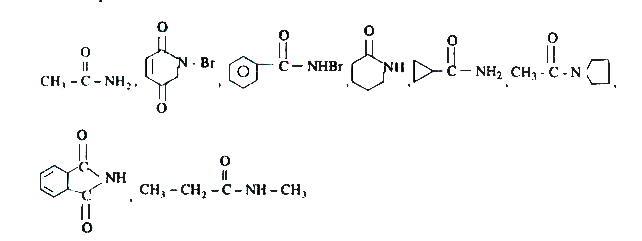 View Solution
View SolutionP and Q are isomers of dicarboxylic acid C_(4)H_(4)O_(4) . Bothdecolorize Br_(2)//H_(2)O . On heating, P forms the cyclic anhydride. Upon treatment with dilute alkaline KMnO_(4),P as well as Q could produce one or more than one forms S,T and U . Compounds formed from P and Q are, respectively
View SolutionP and Q are isomer of dicraboxylic acid C4H4O4 Both decolourixe Br2/H2O. On heating , P forms the cyclic anhydride. Upon treatment with duilute alkaline KMnO4. P as well a Q could produce one or more than one from S,T and U.
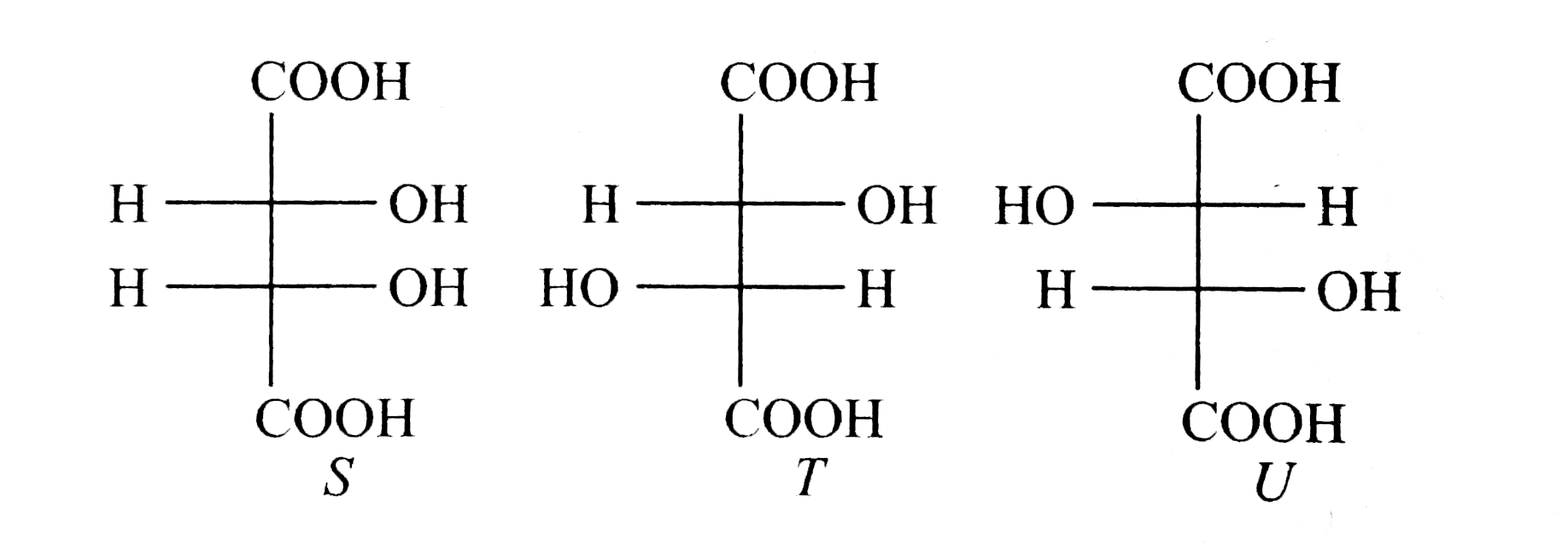
Compounds formed P and Q are, respectivelyView SolutionP and Q are isomer of dicraboxylic acid C4H4O4 Both decolourixe Br2/H2O. On heating , P forms the cyclic anhydride. Upon treatment with duilute alkaline KMnO4. P as well a Q could produce one or more than one from S,T and U.
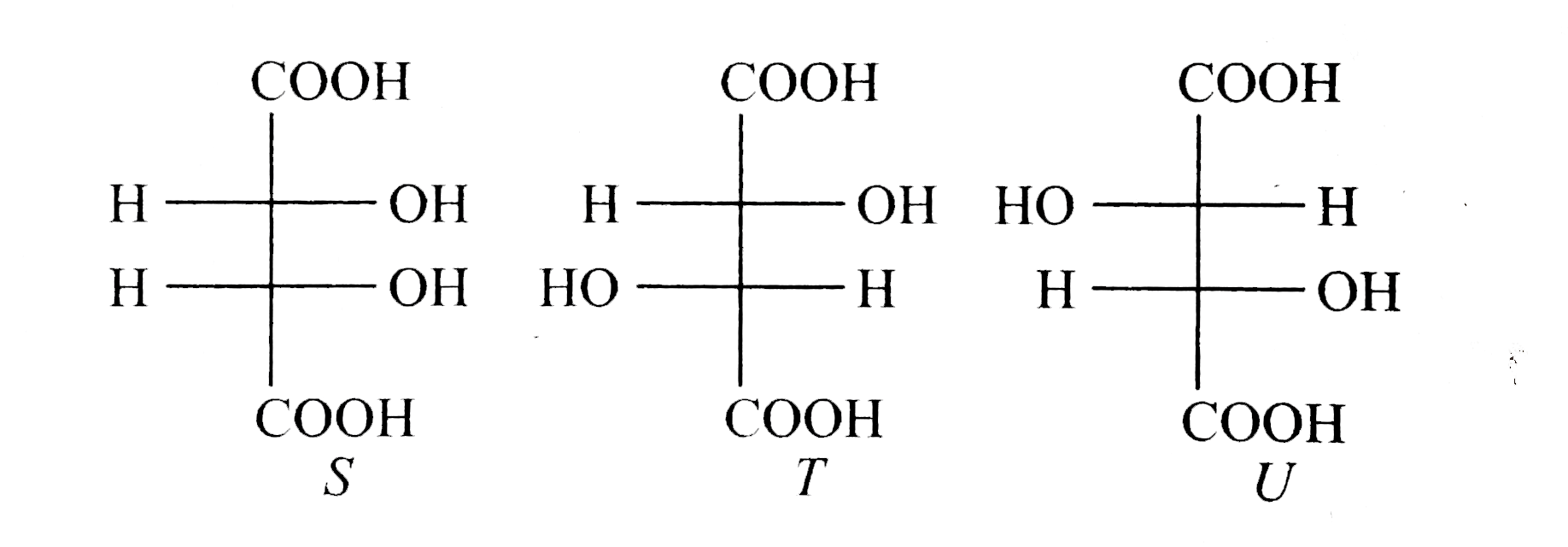
In the following reaction sequences V and W are respectively
QH2/Ni−−−→ΔV
 View Solution
View Solution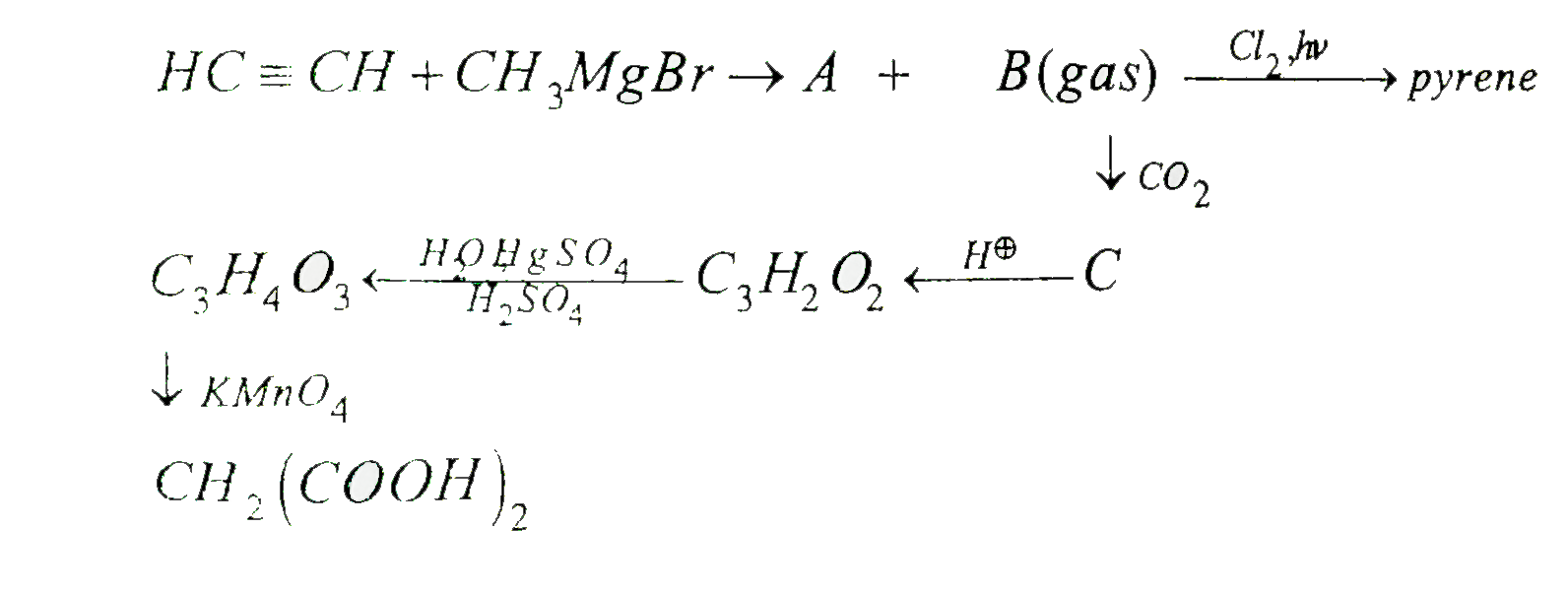
Q. C3H2O2Hot alkaline−−−−−−→KMnO4Product. One of the products is04:43View SolutionCompound 'P'(C_(10)H_(12)O) evolves H_(2) gas with Na metal. It reaches with Br_(2)//"CC"l_(4) to give 'Q' (C_(10)H_(12)Br_(2)O) . With I_(2)/NaOH it forms iodoform andan acid 'R'(C_(9)H_(8)O_(2)) . 'P' has geometrical and optical isomers. The sturcture of 'P' and 'R' should be
06:08View SolutionP and Q are isomers of dicarboxyhc acid C4H4O4 .Both decolourize Br2/H2O On heating, P forms the cyclic anhydride.
Upon treatment with dilute alkaline KMnO4, P ass well as Q could produce one or more than one from S. T and U.

Compounds formed form P and Q are, respectively.View SolutionP and Q are isomers of dicarboxylic acid C4H4O4. Both decolorize Br2/H2O. On heating, P forms the cyclic anydride.
Upon treatment with dilute alkaline KMnO4, p as well as Q could produce one or more than one from the S,T and U
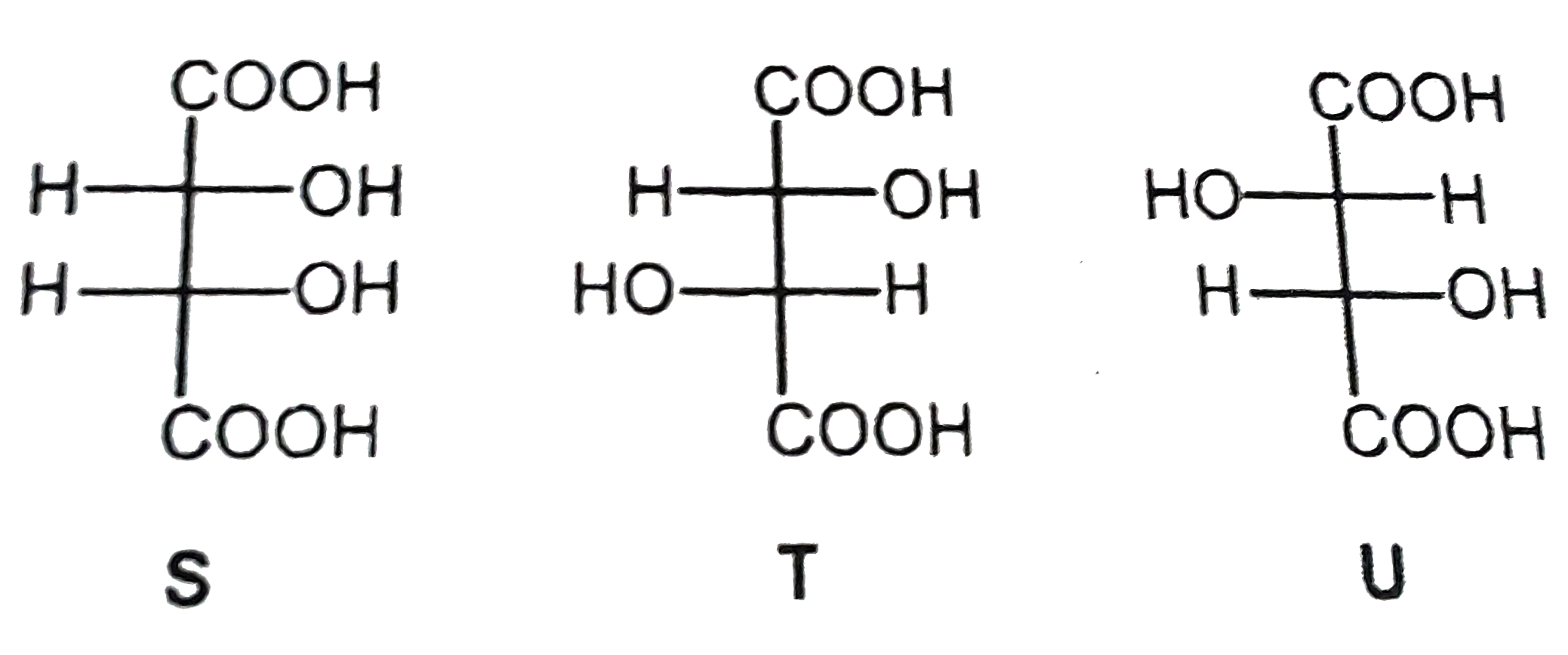
Compounds formed from P and Q are, respectively:View SolutionP and Q are isomers of dicarboxylic acid C4H4O4. Both decolorize Br2/H2O. On heating, P forms the cyclic anydride.
Upon treatment with dilute alkaline KMnO4, p as well as Q could produce one or more than one from the S,T and U

In the following reaction, sequences V and W are respectively.
 04:14View Solution
04:14View SolutionWhich pure compounds form intermolecular hydrogen bonds?
(P) HF
(Q) H2S
(R) CH403:28View SolutionFor the given redox reaction x KMnO_(4) +y H_(2)O_(2) +z H_(2)SO_(4) rarr p MnSO_(4) +10 O_(2(d)) + q K_(2)SO_(4) +r H_(2)O Calculate value of (x+z-p)
02:17View Solution

